What a match.
There's something fascinating about watching a tactical plan completely fall apart.
Today's match between Liverpool and Real Madrid wasn't just a victory - it was a systematic dismantling of a defensive structure that looked solid on paper but crumbled in reality.
The Fatal Flaw in Madrid's 4-2-4
Real Madrid's approach seemed theoretically sound - a 4-2-4 defensive structure we've seen them employ successfully before in the biggest games. The shape was deliberately lopsided, with several players taking up hybrid roles:
- Bellingham fluxed between left central midfield and left wing
- Brahim floated between attacking midfield and forward
- Mbappé also fluxed between left wing and centre forward
- Güler down the right was the only man with a fixed position
The idea was simple enough: use the front four to remain compact and prevent balls into Liverpool's midfield, particularly targeting Gravenberch as the deepest midfielder. Modrić and Camavinga would then handle Mac Allister and Jones.
This is where Liverpool began to systematically dismantle Los Blancos.
It was imperative for Madrid's front four to prevent the ball into the midfield, because if it got there they would be 3v2 down against a team that moves like a bee swarm. Mac Allister and Curtis Jones pushed high up the pitch dragging their markers with them, isolating Gravenberch and on rare occasions, Madrid's defensive shape did work with Liverpool trying to force the pass into the midfield and Madrid intercepting to set up the quick counter.
But this was exceedingly rare.
Liverpool had two tricks up their sleeve.
In the first half, Bradley and Robertson were deep in the build-up, and with Liverpool tending to start the play down the left (to find van Dijk, their deepest orchestrator), when Robertson got on the ball, it would create a new passing angle to potentially find Gravenberch.
But that was not their main ploy.
We witnessed something similar recently in Amorim's debut with United [1]. The front three were tasked with remaining narrow, and while they stood in the correct position, they did not have the intensity to ensure they were always horizontally compact enough to cover the passing lane.
Position without pressure is just aesthetics.
Mbappé and Brahim had similar issues, as van Dijk did not have trouble still picking out Gravenberch as at times Mbappé and Brahim's positions defensively were more aesthetic than impactful. That was paired with that brilliant structure with Jones and Mac Allister high (plus Nunez dropping in) meaning Gravenberch had plenty of room to look to create passing angles and that first pass did not have to be perfect, but just enough to get past the first wall.
And once that wall was breached, there was chaos in the Madrid midfield. A deeper Madrid midfield would have to step up to confront Gravenberch leaving a 2v1 advantage higher up, essentially allowing Liverpool to stroll right through the centre of the pitch and get into goal-threatening positions.
Four forward. Two exposed. Zero control.
And when Liverpool were higher up the pitch, even if Madrid had had the time to drop into a more settled 4-4-2, with Mbappé and Brahim staying higher up the pitch ready for the transition, they still had the dilemma of having a flatter midfield 4. One thing Slot's sides always do well is get runners into the box, so with time on the ball, we would see a lot of third-man runs, to get a man into the box in a position where they could potentially get a shot in on goal.
Arne's Adaptation
But the wide regions were fascinating as Slot changed his approach.
In the first half the wingers held the width, with Bradley and Robertson fluctuating between being the third centre-back in the build-up, or taking up a deep inverted position in the midfield with occasional forays high when Salah came infield.
By the second half, Slot had identified his opportunity.
Mbappé from his hybrid CF-LW role had no interest in tracking back so Bradley was given more room to move forward and he often attacked the half-space, forming a deadly ever-rotating triangle with Jones and Salah.
This had various knock-on effects, as firstly, now Bellingham had to commit to defending out wide as a winger due to the overload. Bradley's aggressive runs first meant there was an extra option to find in the box. But it also dragged an extra midfielder across creating room in zone 14 (just outside the box) and the midfielders were not fixed to their half-spaces so they could then drift into that position to look to receive the cutback.
But this shape from Liverpool was not without disadvantages.
Mbappé drifted into the space behind Bradley consistently, and finding him with the first pass on the transition was fairly easy. However, Mbappé is obviously low on confidence at the moment so was less of a threat, and that paired with the mobility of Konaté (and the rest of the backline) meant that Liverpool were fairly confident about dealing with the transition in the wider regions.
But one thing for Slot to keep an eye on is the central transition.
With the midfield attacking high up, there were times Brahim was able to receive the first pass straight through the centre of the pitch, with Güler quick to support and get at the backline. Madrid weren't at the level to make the most of this on this occasion, but going forward Slot will want to tighten the counter-press to prevent this happening regularly.
Madrid's Possession Problems
Liverpool's pressing game completely nullified Madrid's build-up play. They pressed in an aggressive 4-1-4-1 structure, with Jones joining Núñez in the first line while keeping Camavinga in his cover shadow. In contrast to Madrid, Jones was sure to have his pressing angles right to cut out the passing lane meaning they could afford to leave the two men in the midfield. And Liverpool's press was successful, with Madrid having to play extremely risky passes to get higher up the pitch.
And when they did get higher up, Madrid attempted to adapt by having Mendy drift higher and wider on the left, allowing Bellingham to tuck inside so that they would finally have numbers through the centre. The theory was sound - create space for Mbappé to isolate Bradley, particularly as Salah's reluctance to track back meant potential 2v1 situations could develop. However, Liverpool's compact defensive structure and Bradley's heroic performance meant that even when these situations arose, Madrid struggled to create meaningful chances.
This defensive solidity from Liverpool created a fascinating tactical cycle. Madrid's inability to progress the ball meant more turnovers in dangerous areas, and with their fullbacks pushing high (particularly Mendy), Salah was able to feast on the transition. Time and again we saw him receive the ball and drive directly at Madrid's exposed defence, or more often use the space to try and thread a pass for Diaz or Nunez and on another day this may have been even more effective.
I'll be hanging out in the comments below, so please, let me know what you made of this match. There's plenty I couldn't include in this letter so drop your insights below as well.
As always your time is appreciated,
FMS
---


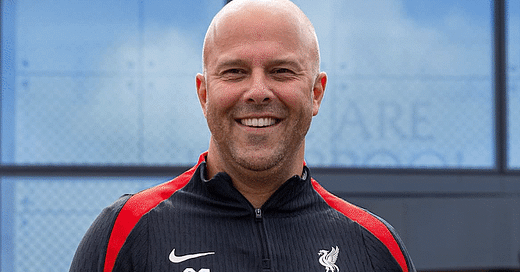



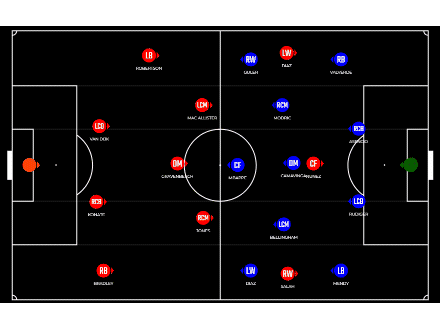
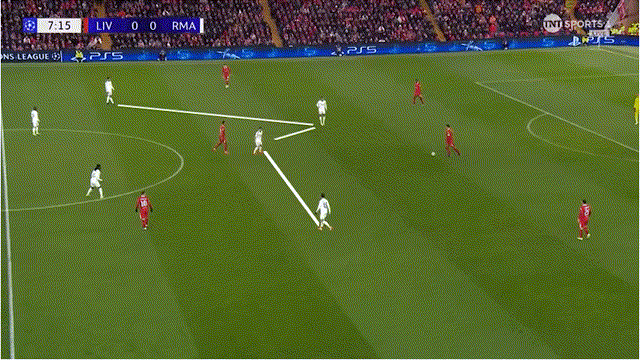

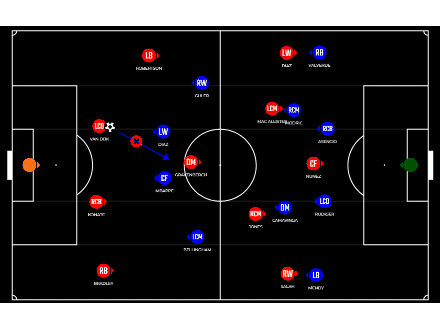
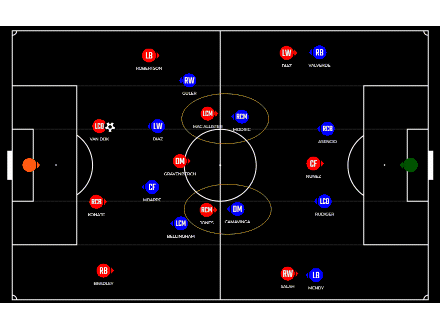


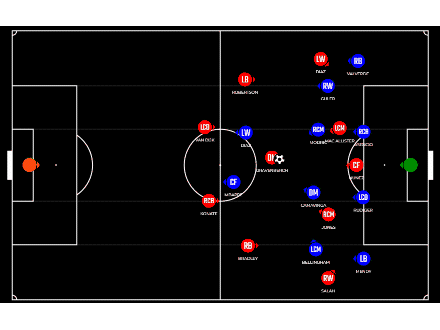

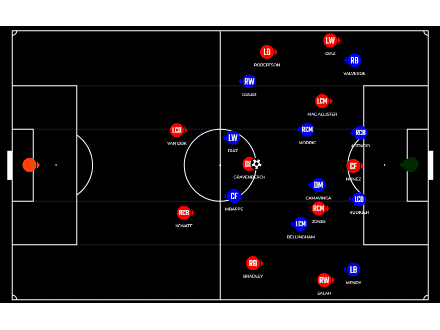
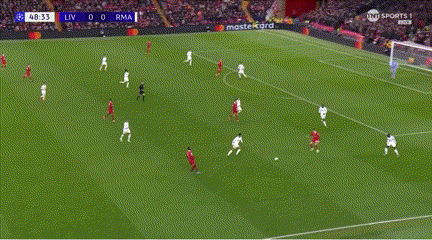
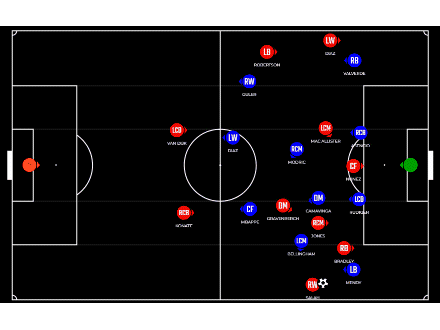




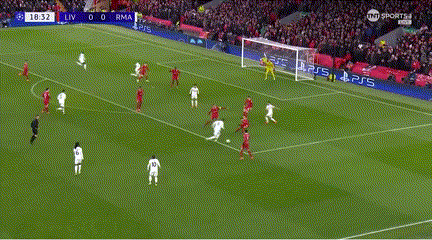
I think it has become a fact that mbappe rather wants to dribble and shoot and score, instead of playing football. His unwillingness to press or even sit properly in a mid-block is evident. Also, his situational awareness is laughable right now. Bro needs to re-learn how to actually play football. It's like the other 10 players are playing together in 1 team, while he is playing in another team.
I wonder what could’ve happened if Vini and Mendy were against an isolated Bradley instead of Mbappe.